The Ph.D. dissertation is the most significant and in-depth research you do as a student. It defines your abilities and talents and often has an essential value for your future career. The dissertation is lengthy and complex research of some questions. You have to pay all attention to both the contents and the structure. When each mandatory part meets the standards and no plagiarism is possible, you are ready to defend your work in front of the audience.
The dissertation Discussion part is often the most essential section of the entire paper. It has to show your interpretation and explanation of your research results. As a rule, it follows the Results part (there you present the findings). In other words, it is Discussion that demonstrates that proves your ability to use the information appropriately to make valuable and grounded conclusions.
Working on the Discussion chapter in the thesis is challenging. That’s why we have compiled this article to help you cope with that challenge.
The Specificity of the Dissertation Discussion Chapter
When you start writing the Discussion chapter, you already have the results interpreted and all the conclusions made. Your task here is to expose that information according to the academic demands and make it both practical, informative, and exciting to read.
It all starts from re-examinations of the requirements to the Discussion chapter. Different types of studies and particular schools frequently set specific demands for this part of the thesis. Even if you checked them all at once, refer to the requirements again. You can’t afford to miss any nuance. A Ph.D. dissertation must care about every slight detail.
It is a common reason for turning to specialized writing services who can finish the paper, rework it if you are short of time, or compose from scratch. In any such case, when you feel you can’t or won’t complete this work on time and ensure the required highest quality, order the service. This is the solution to all such problems. However, when you are the one doing it all yourself, it is crucial to meet all the academic criteria for this type of research.
For instance, some schools require that you combine the Discussion and the Conclusions chapters in one chapter. Others insist on setting them separately in different chapters. Your goal here is to make sure to understand the precise format, structure, and content demands of this particular part of the work.
Focus on the following aspects of the results you obtained:
- What do the results mean, with quantitative and qualitative metrics? (The Interpretation aspect)
- Why does this datum matter in the context of our research and wider problem? (The Implication aspect)
- What information is missing, and what can’t we clarify by applying these results? (The Limitation aspect)
- What further practical studies and additional research should take place to support your theory?
The answers will be the “skeleton” of this chapter. Then refer to your results again and “correlate” them with the demands. This preliminary stage before writing the corresponding piece of the dissertation should guarantee that your work will match the standards.
The Dissertation Discussion Structure and What to Consider When Planning Discussion Chapter
This chapter of the entire document is quite lengthy. It will include a lot of information, and you will have to relate it to the data from earlier chapters. Thus, the structure is crucial. The way you organize your materials will determine the clarity and precision of the logical exposition of the information.
A very general outline of the dissertation Discussion structure is as follows:
- Getting back to the research question. Here you should consider if your study gave the necessary information to answer it.
- Answering the research question. Formulate it in your words and specify if you could answer it in full or partially, and if there is any lacuna remaining.
- Justifying the answer. Use the relevant results you obtained by researching that question to prove your initial claims.
- Evaluate your study in the context. You relate your results to other works dedicated to the topic from the literature overview you did in the beginning.
As all practical guidelines on writing dissertations stress that your work must be concrete and precise, your results are the strongest background. That’s why you should focus on your specific findings and expand them to a theory.
For instance, in your psychology dissertation Discussion, you put the results of the psychological practical research you did at the center. Then, you will relate them to the general assumptions of the discipline. It will demonstrate how you understand the results and their value for the overall field.
Practical Recommendations on Writing a Dissertation Chapter
We have already defined which information you need. Now you plan what you will expose, chapter by chapter. Then writing a dissertation Discussion becomes a mere question of time.
- Recall your hypothesis (research question) and research goals briefly to help the audience stay on track. Besides, some readers may want to skip a part of the document and go straight to your review of results after the introduction. Thus, they need to know what you wanted to prove to evaluate how you proved that.
- Make a summary of the findings. It should be a relatively short fragment of one or two paragraphs highlighting the key results you obtained. You should not claim the things globally – focus on the particular cases. Be very concise and use appropriate language describing what the data you received may suggest or how it supported or opposed any theories you reviewed earlier.
- Interpret the data. It is important to use only that information exposed in the Results chapter – no new data should be there. Compare your results with the data from other researches. Explain how it fits the overall context, why it may contradict, and which prospects it may open. Be sure to support all your claims with weighty arguments and practical evidence.
- Explain the limitations of your research. Students are rarely able to make global research with global results. Thus, it is important to acknowledge the weakness of the research. It might be some unavailable sources of data, the size of the tested audience, etc. However, it should not be self-defeating. Accept that your study may lack something, but stress the value of the current results you presented.
- Recommend future studies. In this chapter, you should highlight again the practical benefits of your research. Describe where it is possible to apply the data and how it will contribute to the overall efficiency, etc. Of course, it is necessary to be realistic. Then, suggest how your current work could be the background for your followers. It may fill the lacuna or bring additional information you could not obtain. The key point here is to point out that future research should be grounded in your study.
- Make a brief conclusion. Depending on the requirements of your work, you may or may not include the entire Conclusions chapter in the Discussion. If the Conclusions must be in a separate chapter, you need to summarize the information of the Discussion chapter here. Again, describe briefly what you have discovered in your study and what your readers should receive.
As you see, the structure of the Discussion chapter of your dissertation is straightforward. You have all the necessary information, and your only task now is to organize it in written form.


